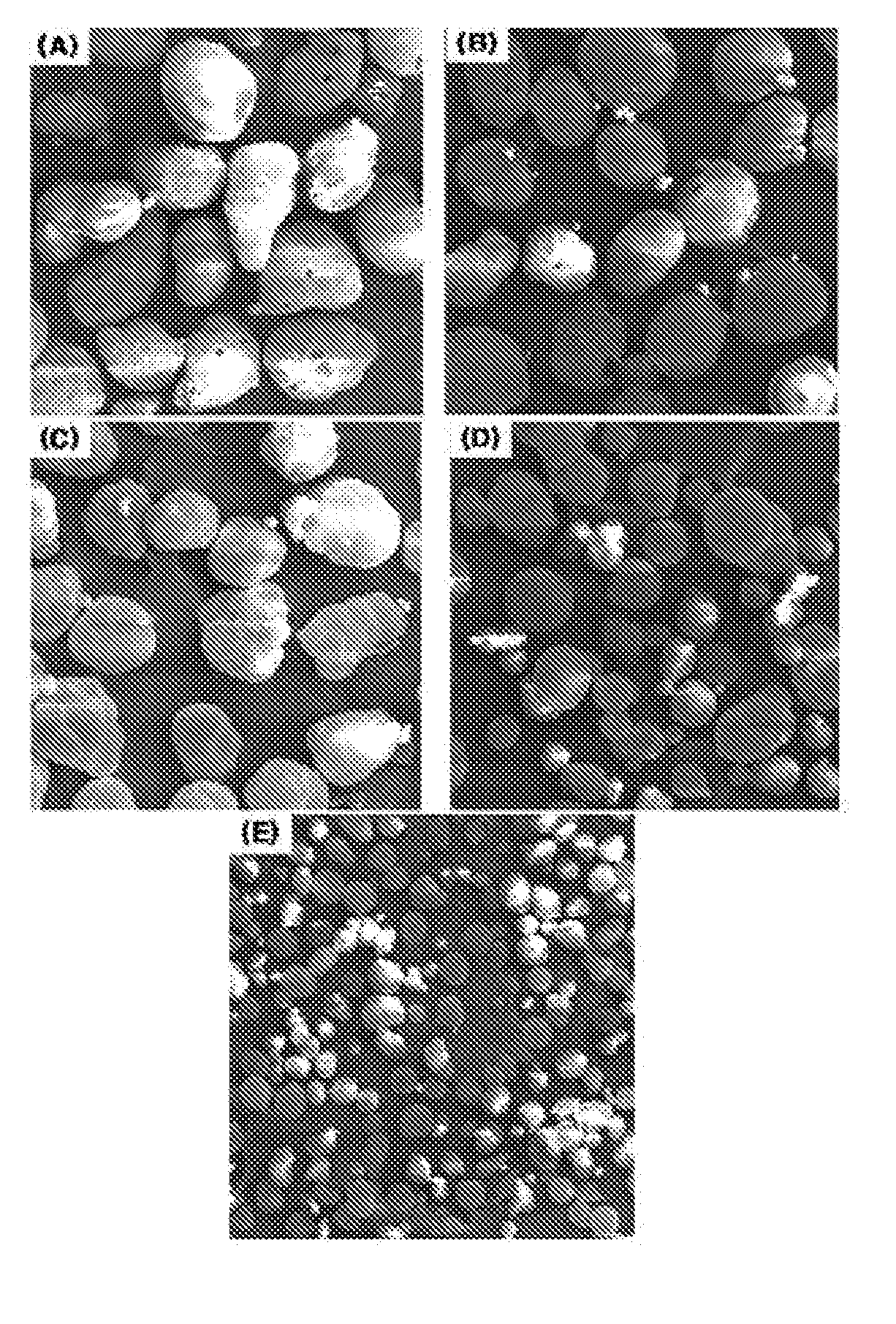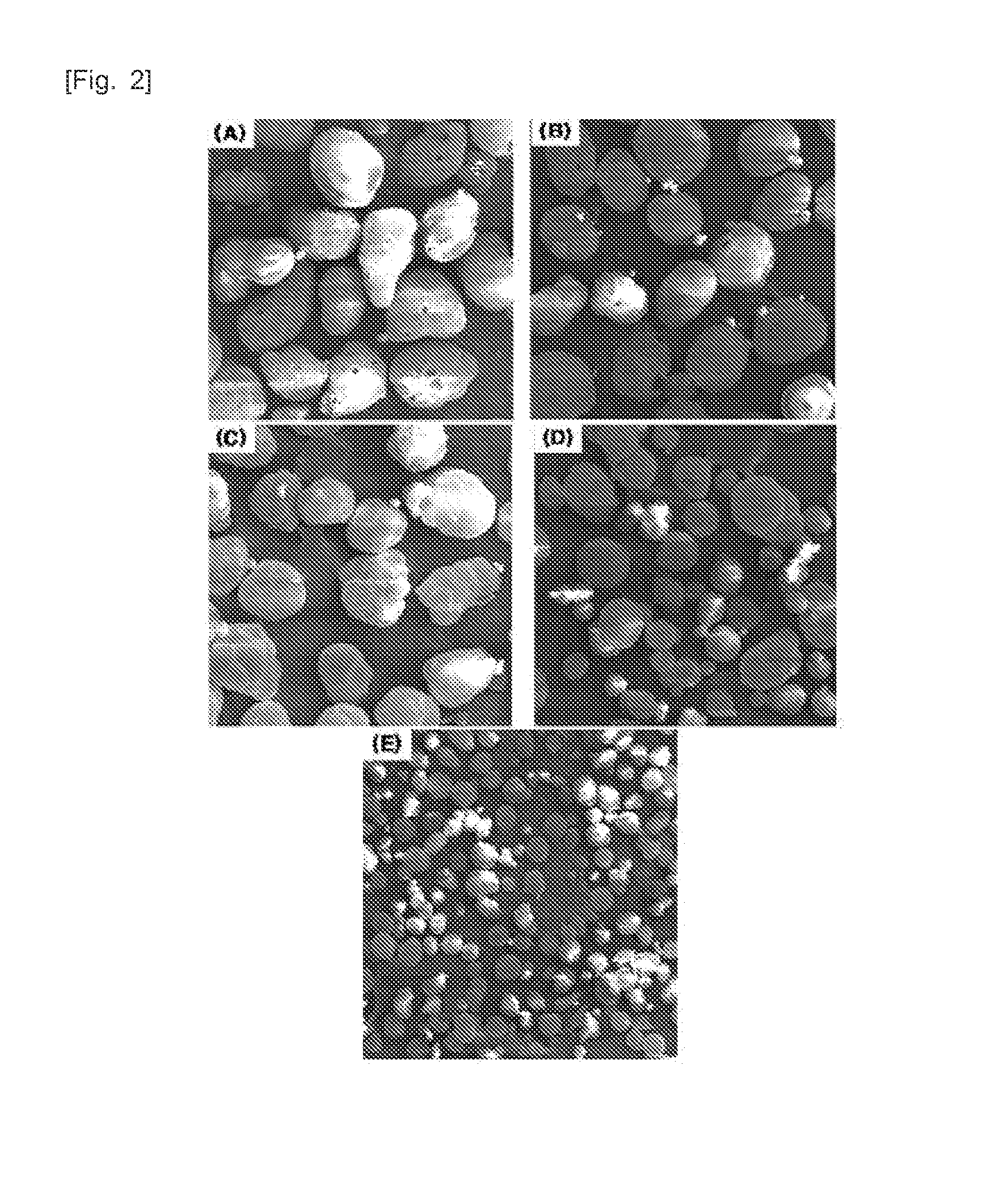Thermal insulator using closed cell expanded perlite
a perlite and thermal insulation technology, applied in the field of thermal insulation devices using closed cell expanded perlite, can solve the problems of large variation of products, sharp increase of thermal conductivity, uneven thermal characteristics, etc., and achieve the effect of reducing the area required for equipment installation, improving constructability, and reducing material and energy costs
- Summary
- Abstract
- Description
- Claims
- Application Information
AI Technical Summary
Benefits of technology
Problems solved by technology
Method used
Image
Examples
embodiments
[0042]Hereinafter, preferred embodiments of the present invention will be described in detail as follows with reference to the accompanying drawings.
[0043]First, a method for manufacturing a thermal insulator using expanded perlite in the related art includes: an expanding process of allowing mineral phase perlite to have open cell expanded perlite, in which the expanding process includes a mixing process of mixing the mineral phase perlite with an inorganic binder, a molding process of allowing the mixture to have a target shape, and a drying process of physically removing moisture of the liquid inorganic binder.
[0044]If the above-described expanding process is described in more detail, perlite is usually classified into natural minerals such as pearlstone, pitchstone, obsidian and the like, and also includes pumice having other similar performances (hereinafter, collectively referred to as the ore).
[0045]Ore may have different water contents according to the kinds thereof, but con...
example 1
Manufacture of Thermal Insulator 1 Using Closed Cell Expanded Perlite of the Present Invention
[0110]Perlite regular stone was used, and expanded perlite was manufactured, the expanded perlite having a density of 30 kg / m3, a particle size distribution that 15 wt % of particles with a size of more than 400 μm, 40 wt % of particles with a size of 250 to 400 μm, 20 wt % of particles with a size of 160 to 250 μm and 30 wt % of particles with a size of less than 160 μm are present based on the total weight of the expanded perlite, and a closed cell ratio of 70 wt % according to the particle size interval.
[0111]A mixed material was prepared by adding 1.5 wt % of an inorganic fiber based on the weight of the expanded perlite to 1,000 g of the closed cell expanded perlite manufactured as above and mixing the mixture.
[0112]A liquid inorganic binder was prepared by adding 0.5 wt % of a silicon-based water repellent based on the weight of the sodium silicate to 1,000 g of 33Be′ sodium silicate ...
example 2
Manufacture of Thermal Insulator 2 Using Closed Cell Expanded Perlite of the Present Invention
[0115]The closed cell expanded perlite having a density of 30 kg / m3 manufactured in Example 1 was prepared.
[0116]A mixed material was prepared by adding 1.5 wt % of an inorganic fiber based on the weight of the expanded perlite to 1,000 g of the closed cell expanded perlite manufactured as above and mixing the mixture.
[0117]A liquid inorganic binder was prepared by adding 0.5 wt % of a silicon-based water repellent based on the weight of the sodium silicate to 1,000 g of 33Be′ sodium silicate and mixing the mixture.
[0118]405 g of the mixed material prepared as above and 365 g of the liquid inorganic binder prepared as above were mixed and then the resulting mixture was compressed by about 2.8 times the initial volume to manufacture a molded body with a size of 300*300*50 mm3 (volume 4.5 L).
[0119]The molded body manufactured was dried at 200° C. in a convection dryer oven for 4 hours to manu...
PUM
| Property | Measurement | Unit |
|---|---|---|
| density | aaaaa | aaaaa |
| size | aaaaa | aaaaa |
| size | aaaaa | aaaaa |
Abstract
Description
Claims
Application Information
 Login to View More
Login to View More - R&D
- Intellectual Property
- Life Sciences
- Materials
- Tech Scout
- Unparalleled Data Quality
- Higher Quality Content
- 60% Fewer Hallucinations
Browse by: Latest US Patents, China's latest patents, Technical Efficacy Thesaurus, Application Domain, Technology Topic, Popular Technical Reports.
© 2025 PatSnap. All rights reserved.Legal|Privacy policy|Modern Slavery Act Transparency Statement|Sitemap|About US| Contact US: help@patsnap.com



